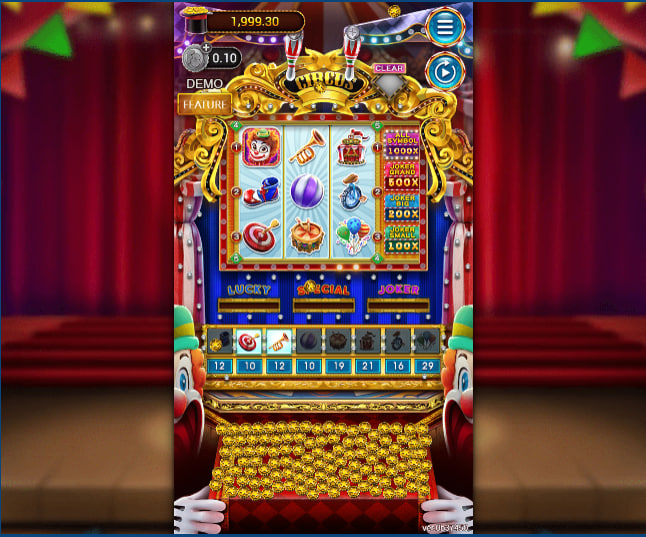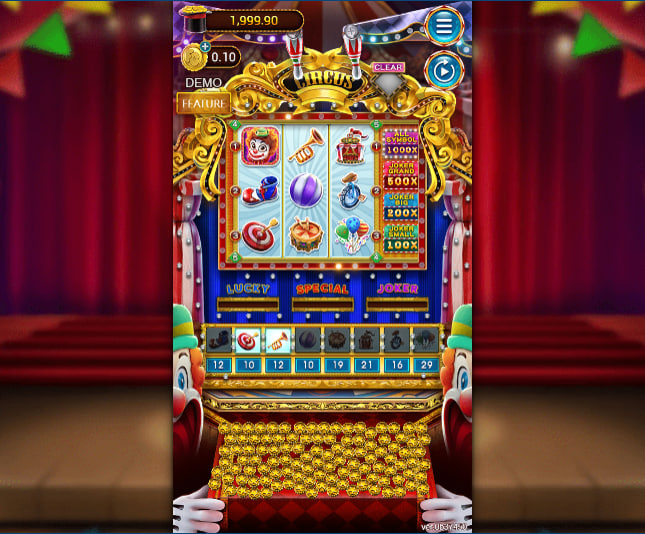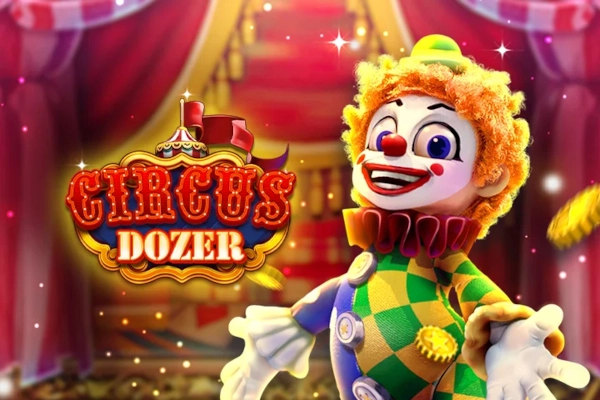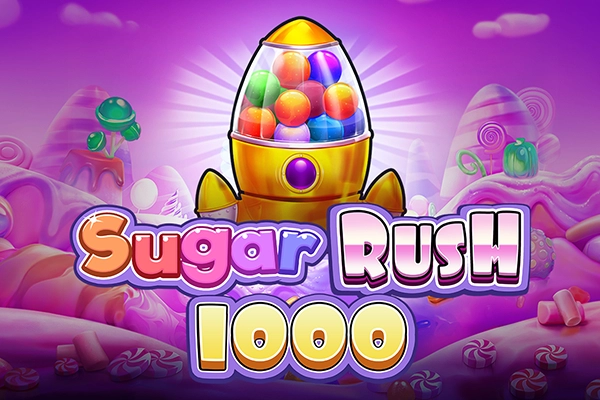Fa Chai’s Circus Dozer reengineers the slot experience by merging it with a vintage arcade coin pusher. The game’s atmosphere is defined by its mechanical nature, focusing on the sounds and actions of a tangible machine rather than abstract digital reels. Its core function is built on a 3×3 grid that only activates after the player fuels a charge bar via a coin dozer mechanism below. This dual-layer system introduces a unique gameplay loop where bets power the machine itself. The game’s design forgoes traditional win structures, instead implementing a dynamic payout system where symbol values accumulate throughout the session. Its main attractions are the distinct bonus events triggered by filling meters or specific symbol alignments on the reels. These include the “Little Mary Game,” a running-light board game, and the “Lucky Draw,” a pick-and-win feature with multipliers. The game demands a methodical approach, rewarding persistence and strategic accumulation over simple luck. Its entire structure is a deliberate departure from standard slot design, offering a complex and engaging mechanical challenge.
Fa Chai's Circus Dozer presents itself not as a conventional slot machine but as a complex, multi-layered arcade apparatus. The visual design immediately signals this departure from the norm. It fuses the garish charm of a vintage circus with the tangible, mechanical feedback of a classic coin pusher and the structural logic of a Japanese pachinko machine. The backdrop of red curtains and stage lights is standard fare, but the centerpiece—a towering contraption of reels, chutes, and meters—is where the game’s true character is revealed. The experience is less about watching spinning symbols and more about operating a peculiar, prize-dispensing engine.
The game's atmosphere is built upon this mechanical identity. The anticipated sounds are not just celebratory jingles but the clatter of falling coins and the whirring of gears as various meters fill. This aesthetic choice is fundamental; the circus theme serves the mechanics, not the other way around. Players are positioned as operators of this device, making calculated inputs (bets) to fuel a system of interconnected parts. This creates an experience focused on process and accumulation, a stark contrast to the instant resolution of a typical reel spin. It targets a mindset that appreciates seeing a system build toward a payout rather than one that chases a single, lucky moment.

Core Gameplay: A Hybrid Mechanical Framework
The foundational gameplay loop of Circus Dozer is its most defining feature and requires a complete re-evaluation of what a “spin” means. A player's bet does not directly cause the reels to turn. Instead, it drops coins into the dozer mechanism at the bottom of the screen. These coins push other coins forward, with some falling into the “Winning Area” to contribute to a payout and others triggering various effects. The primary function of this activity is to fill the charge bar, and only when this bar is full do the 3×3 reels at the top actually spin. This transforms the act of betting from a direct wager on a reel outcome into an investment in fueling the machine itself.
This design choice places Circus Dozer in a category of its own, somewhere between a skill-based arcade game and a random number-generated slot. The coin dozer element is not merely cosmetic. A “clear light” can activate on the pusher shelf; if a coin passes through this light, a game multiplier is reset and begins calculating from a base of 5x, adding a layer of timing and physics-based randomness. The entire interaction is a deliberate, two-step process: first, you power the machine through the dozer, then the machine produces a reel-based outcome. This structure requires a patient approach, as the feedback loop is significantly longer and more involved than in traditional slots.
The Accumulator System and Symbol Value
At the heart of Circus Dozer's long-term appeal is its intricate system of meters and a highly unusual approach to symbol valuation. Directly above the dozer are three distinct progress bars: LUCKY, SPECIAL, and JOKER. Each bet placed has a random chance to add progress to these bars. Their function is to provide structured, attainable goals that lead to specific categories of rewards. When the LUCKY bar is full, a simple Line Prize is awarded. The SPECIAL bar, when filled, triggers one of two mini-games. The JOKER bar provides a chance at the game's top-tier prizes. This system segments the game's features and gives the player a clear visual indicator of their progress toward different event types.
The most unconventional mechanic, however, is the dynamic symbol payout system. In most slots, a line of three identical symbols has a fixed multiplier. Here, the win calculation is: accumulated quantity of that symbol × Bet amount. This implies that each symbol on the reels (the trumpet, the balloons, the drum) acts as a container for value that grows over a session. A win's value is therefore dependent not just on the present spin but on the entire history of symbols collected. This elevates the game from a sequence of independent events to a continuous campaign of building value within each symbol type, a concept rarely seen in the genre. This system is further complicated by diagonal line wins, which pay double the calculated amount, adding another strategic layer to the reel outcomes.
Bonus Features and Special Events
The bonus features in Circus Dozer are not standalone events but logical extensions of the core mechanical framework. They are triggered either through specific Joker symbol alignments on the reels or by filling the SPECIAL meter. The Joker symbol itself acts as the key to most major payouts. Landing three Jokers on the bottom, middle, or top paylines awards the Joker Minor (100x), Joker Major (200x), or Joker Grand (500x) prizes, respectively. These are direct, static payouts, offering a straightforward high-value target amidst the more complex accumulation mechanics. Furthermore, filling the entire 3×3 grid with any identical non-Joker symbol results in a 1,000x Full Board Prize.
The game's character shines in its two main mini-games. The Little Mary Game is triggered by landing Jokers on a specific diagonal. This initiates a “running light” sequence around a track of symbols on the game board's lower portion. The light cycles around and stops on a symbol, awarding a prize based on that symbol's accumulated value. This functions like a self-contained board game, with the primary risk being the light landing on a “game over” space. The Lucky Draw Game, triggered by the opposite Joker diagonal, is a classic “pick-and-win” feature. Players are presented with nine cards containing eight symbols and one Joker. They turn over cards, accumulating prizes until the Joker is revealed, which ends the round and applies a final multiplier of 2x, 3x, or 5x to the total win.

Circus Dozer is an exercise in mechanical depth. It successfully sheds the skin of a simple slot to become something more akin to a resource management game. The player's objective shifts from merely hoping for a winning combination to actively managing and building multiple value streams: the charge bar for spins, the three feature meters, and the accumulated value within each individual symbol. The inclusion of a 24-hour data save feature is not a minor convenience but a necessary component, acknowledging that the game's full potential is realized over longer sessions.

 Circus Dozer
Circus Dozer












